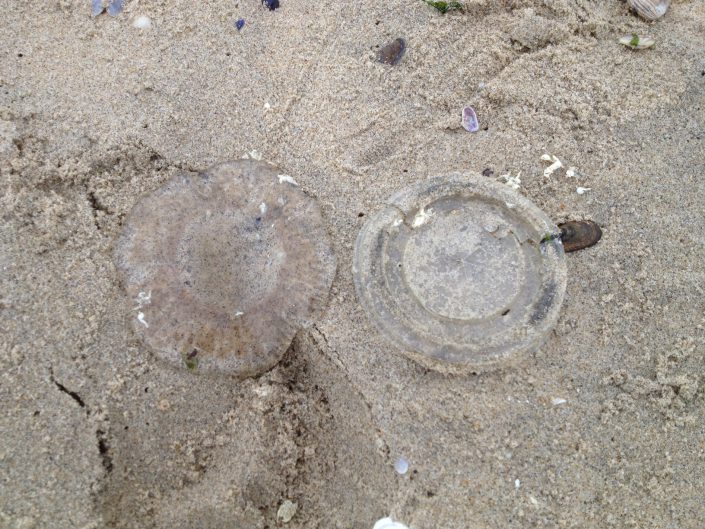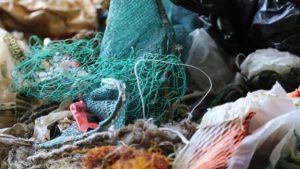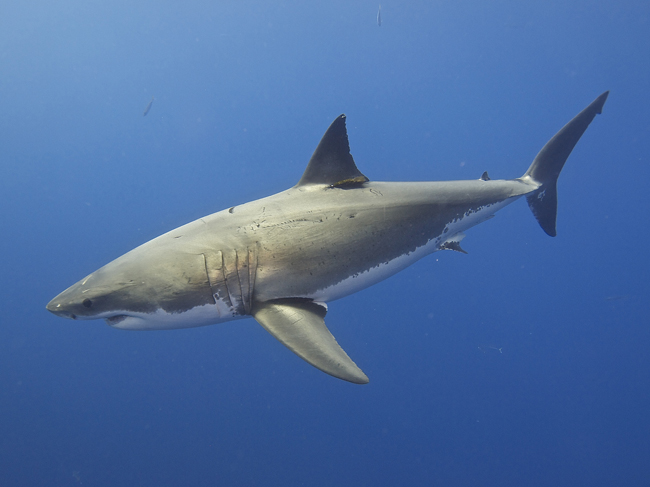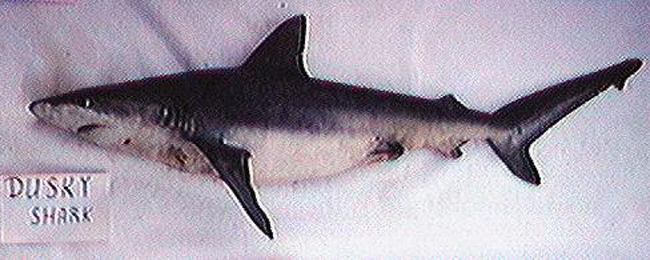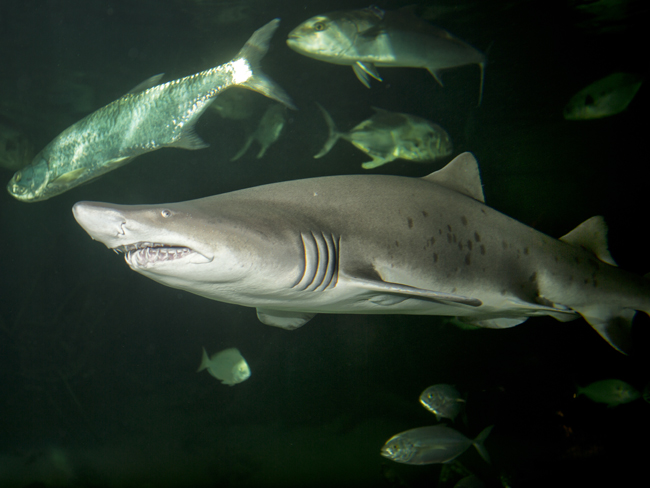Helping Native Brook Trout by Restoring a Stream
by Nicole Porter and David Wheeler

Many of New Jersey’s streams have been manipulated by being impounded with dams or weirs, or otherwise redirected over time – decreasing their ecological habitat diversity and blocking fish passage for native brook trout and other species. Restoring these streams to a more natural state can greatly benefit wildlife.
The Land Conservancy of New Jersey, along with assistance from Conserve Wildlife Foundation, Natural Resources Conservation Service, and Urbani Fisheries, worked on a stream restoration project on a highly modified part of stream flowing through the West Brook Preserve in West Milford this summer. This vital 170-acre preserve holds the headwaters of the West Brook, one of the primary sources of water for the Wanaque Reservoir, which provides drinking water for two million New Jerseyans.
It appears that sometime in the 1950s, part of the West Brook was taken out of the original stream channel and redirected to a channelized ditch that ran alongside it. There were also several culverts installed in the stream (including one that was the size of a small grain silo) which restricted flow and acted as a blockade to fish passage. In addition, one of the unnamed tributaries leading to the mainstream channel had a pond where water was being held back by a weir, resulting in elevated water temperatures. The original channel and tributaries also needed an enhancement of a thalweg, the line of lowest elevation that the stream follows as well as the addition of pools, riffles and runs.
A healthy stream should have an established thalweg – a connected floodplain – as well as pools, riffles, and runs. All of these features are important in the function of the stream. For example, pools provide areas for various aquatic species to seek refuge, while riffles aid in the reoxygenation of the water.
The ultimate goals of the West Brook project included restoring the native fish habitat, improving the overall water quality, and rejuvenating the macroinvertebrate population.
The work done to accomplish this included:
- Restoring the river back to the original stream channel.
- Enhancing features along the whole length of the stream.
- Creating wetland pools out of the old ditch and within the riparian zone.
- Removing five culverts and the small weir.
After the restoration, it appeared some of the site is now suitable for native brook trout, and the project has greatly improved habitat diversity in a stream that flows into a Category One trout production stream. New Jersey Fish & Wildlife and The Land Conservancy will continue to monitor the project.
Nicole Porter is a biologist with Conserve Wildlife Foundation.
Learn more about New Jersey’s Brook Trout here.


